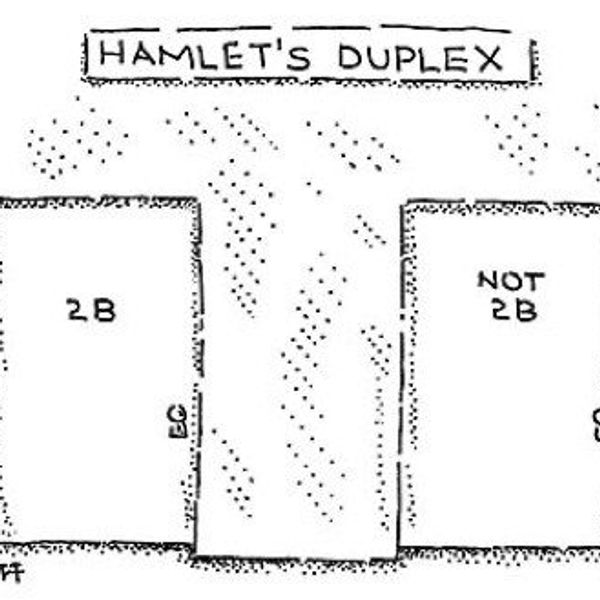In an era when race relations are still strained and the battle for social justice rages on, many colleges and universities have taken steps to repair these breaches. Schools boast of their "safe spaces" that safeguard targeted groups from racial discrimination and prejudice. The spaces have walls or perhaps intangible and imaginary boundaries that seclude these groups from the potential hatred that could circulate through the larger student body. These regions are attempts to achieve social justice.
Why separate the racial minorities? Why separate those of different religious groups? Why separate the non-cisgender, non-straight students? Why separate them? Where is the justice when the boundaries are thickened between these different groups?
As a student of Penn State University, I believe their method to achieve social justice reigns supreme.
I know that there may never be an absolute perfect social justice that completely satisfies every possible division of people that exists. I also know that I may be white and straight and unable to completely experience injustices that may prevail against particular groups.
Yet, I must applaud Penn State for its famous "WE ARE" chant.
The key word is "we."
The "we" encompasses the whites, the "we" encompasses the Christians, the "we" encompasses the transgenders, the "we" encompasses the Muslims, the "we" encompasses the impoverished, the "we" encompasses those from every possible background, every possible sexuality, every possible identity.
All these groups unite into one school that is Penn State. The dividers are broken down and shattered with the echoing of these words. All the groups have contributed to synthesizing the classes that pass through the university— and they are all acknowledged with one simple word.
The "WE ARE" chant possesses a history of equality and justice. In 1948, during the era of segregation, the racially integrated Penn State football team was playing the segregated Southern Methodist University of Miami football team.
While SMU allegedly wanted to protest Penn State's inclusion of African-American players Wally Triplett and Dennie Hoggard, fellow player Steve Suhey declared Penn State's refusal to do so by arguing, "We are Penn State." Though the routine chanting of that statement did not take effect until years later, it still generated a landmark in the ongoing Civil Rights Movement.
This story may not render Penn State the biggest champion of civil rights or catalyst to spread social justice, but it still acts as a model for a more just society. The many social issues that linger today (or, perhaps, arise) have one common theme.
Particular groups feel that they are not receiving the proper "empowerment" and therefore accuse outsiders of bigotry, racism, sexism, homophobia, xenophobia— the plurality of this statement suggests that all groups are necessary to form the Penn State class that all groups are equal. There aren't havens to shelter groups and cause more divides. There is complete inclusion.
Many people may disagree with me, many people may pinpoint my bias as a Penn State student. But this suggestion, I believe, is less futile than other attempts to prompt social justice.



















